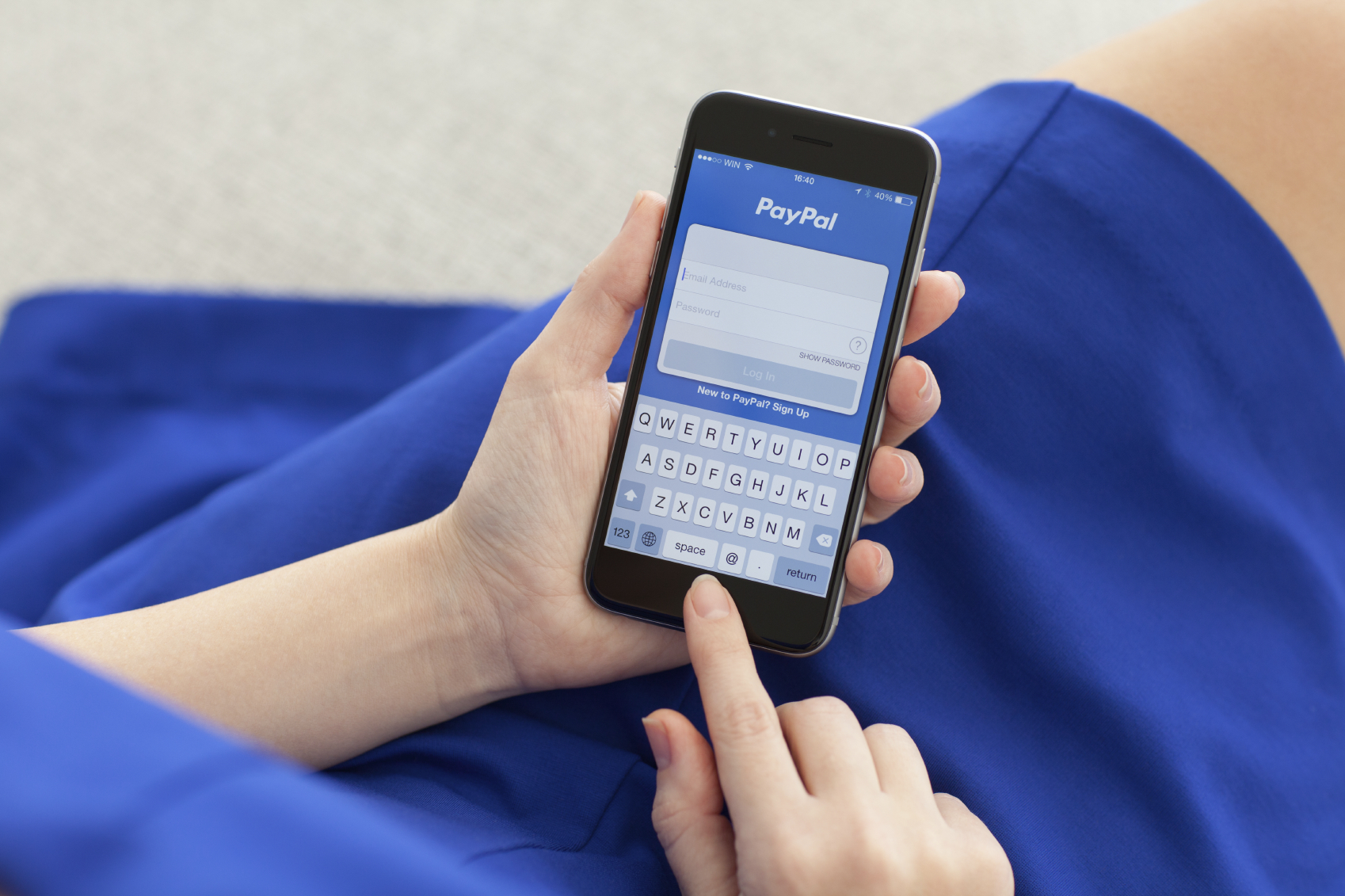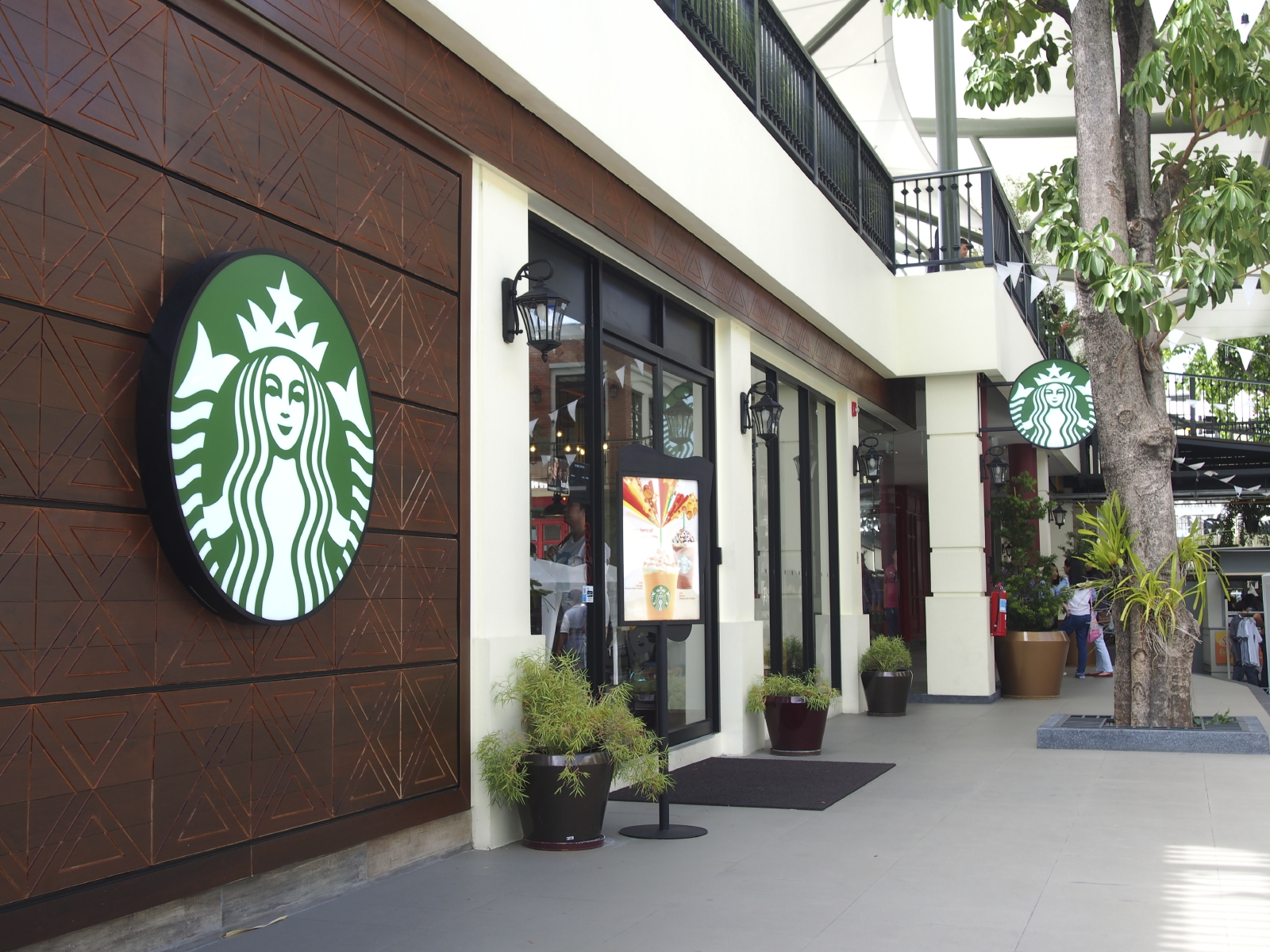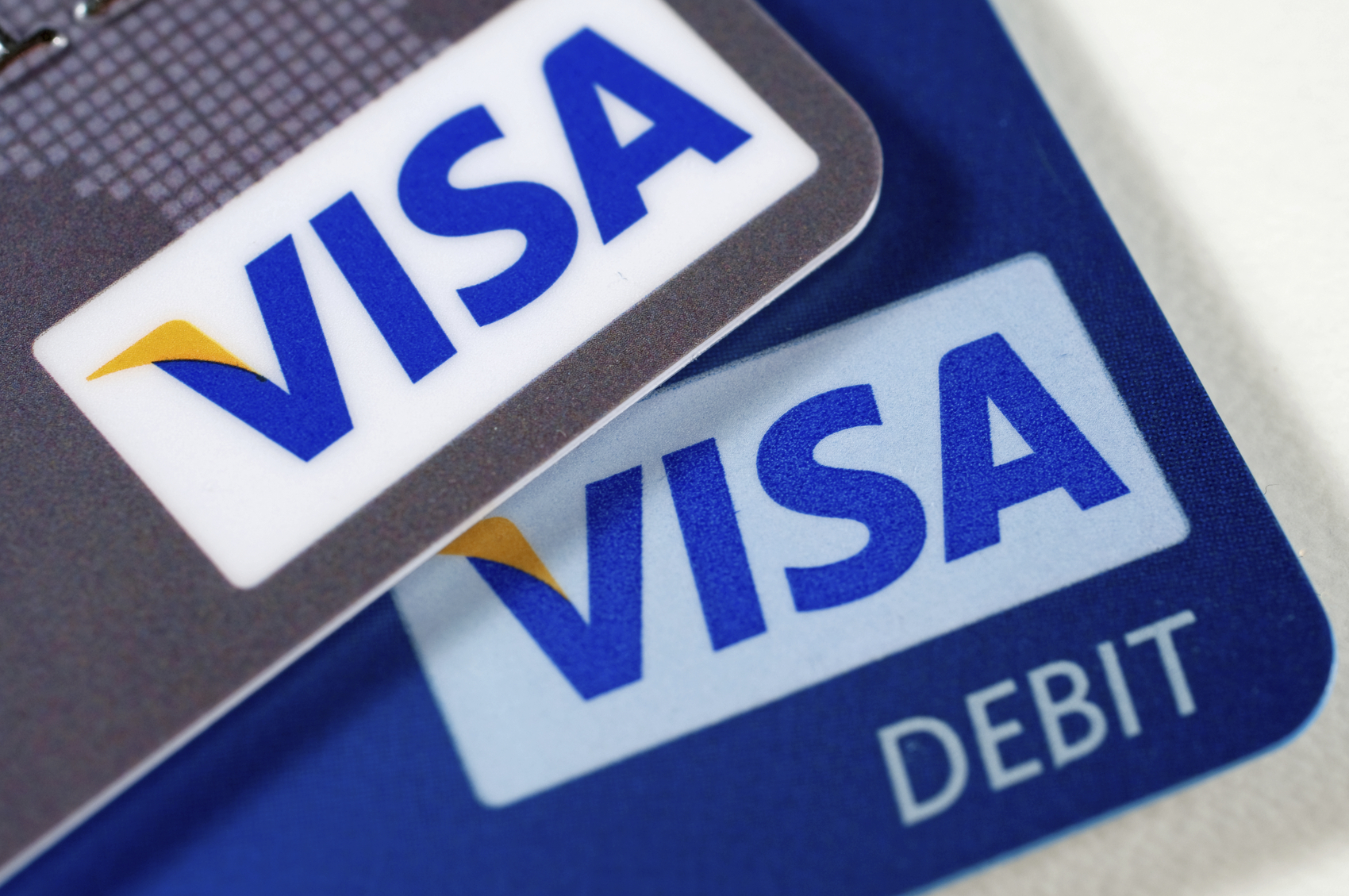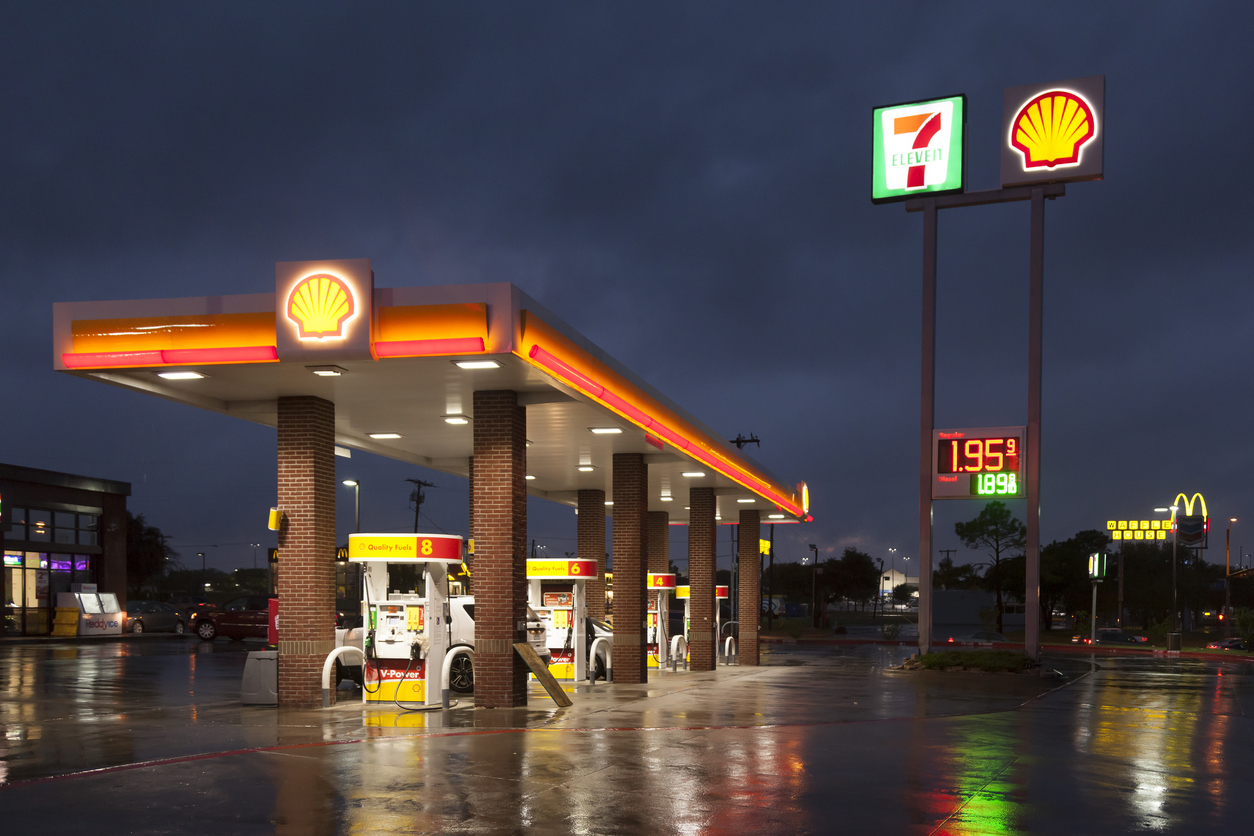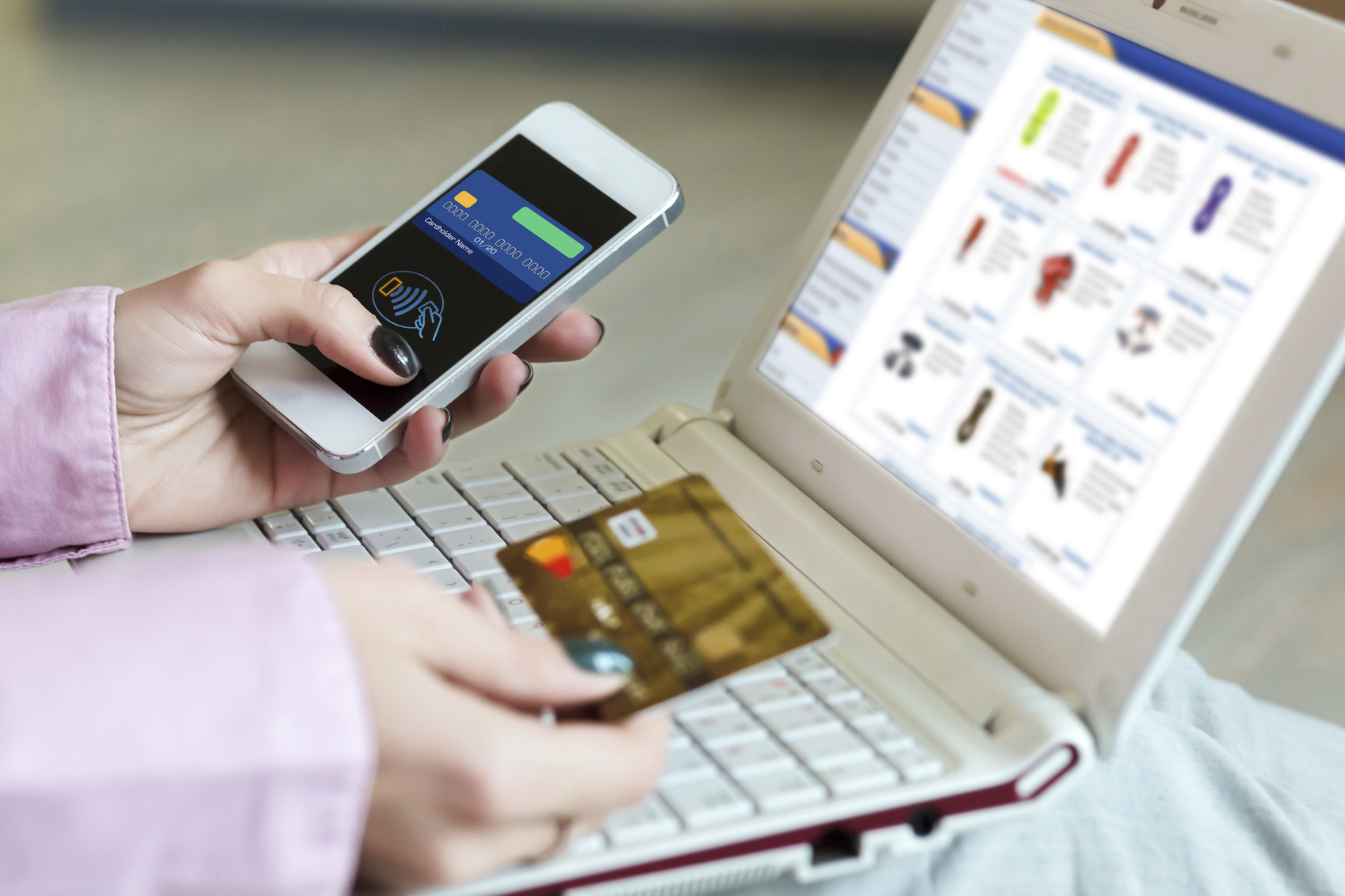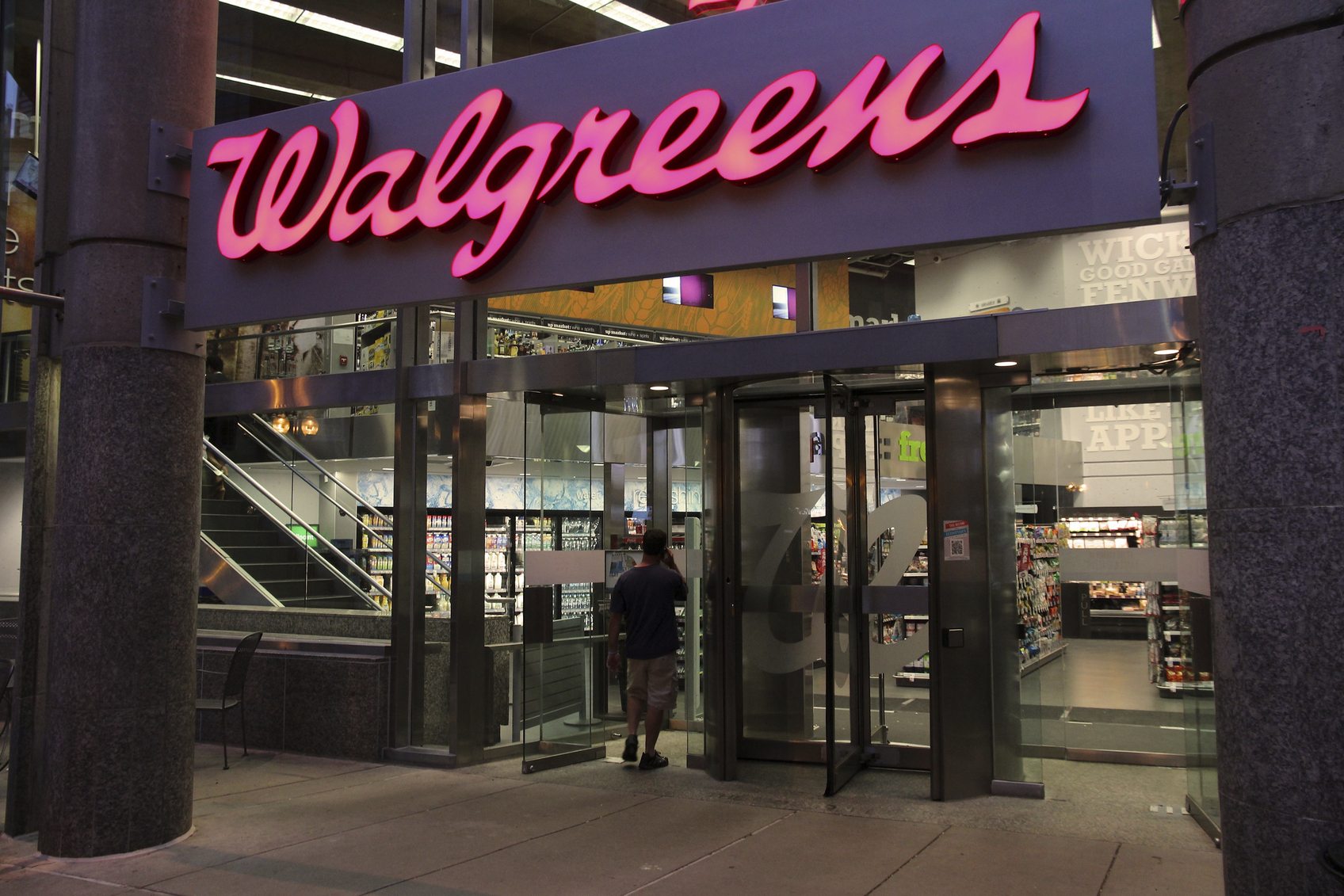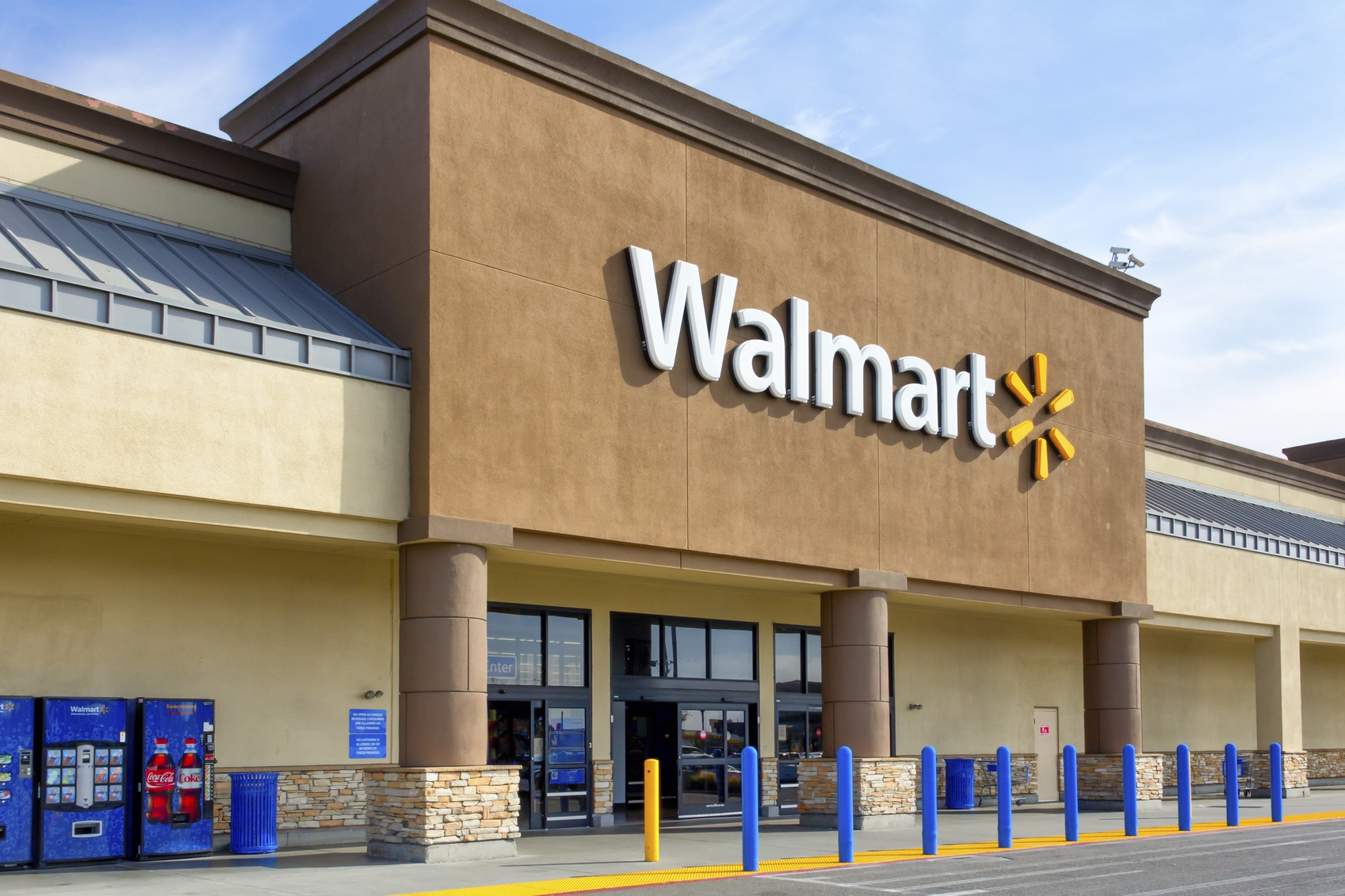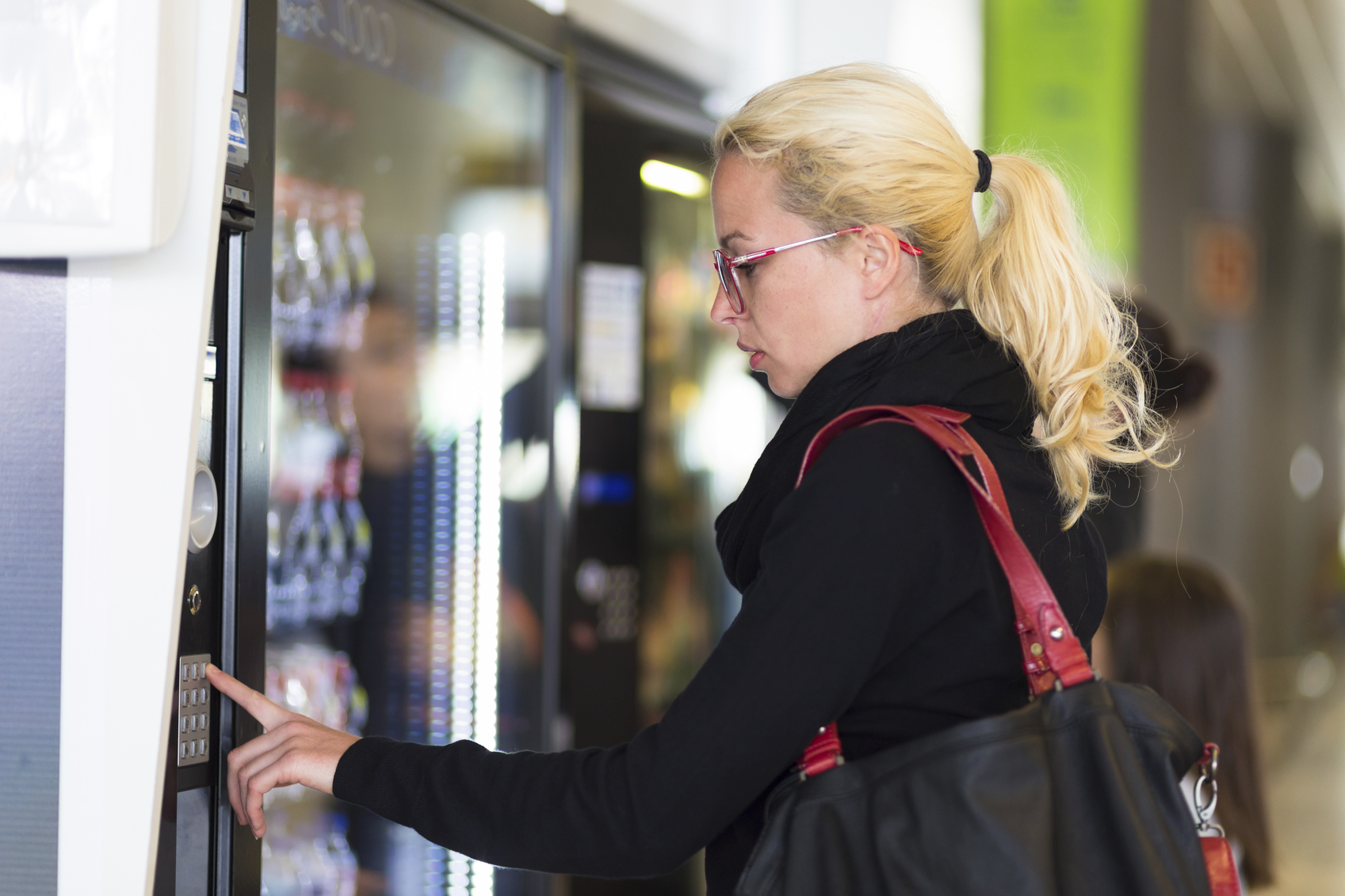What Happened
Zelle, a digital payment network backed by more than 30 US banks, is ready to launch after six years in development. Major banks, including Chase, Citibank, Bank of America, TD Bank, and Wells Fargo, are beginning to roll out the first stage of Zelle, which comes as a new function integrated into the banks’ owned apps. This will let customers send and receive payments for free, regardless of bank affiliation, while also allowing for instant withdrawals. A standalone app is in the works and is set to launch later this year to take on the likes of Venmo and Square Cash.
What Brands Need To Do
This news came just a week after Apple announced last week at WWDC that in the upcoming iOS 11, Apple Pay will be integrated into Messages to enable P2P payments via texting. Now with the impending roll out of Zelle, mobile payment is set to gain a significant boost in the coming months thanks to the increased accessibility of P2P payments and its resulting network effect. Financial service brands need to prepare for this by making their services compatible with the various P2P systems so as to better serve customers. Retail and ecommerce brands should consider integrating Apple Pay support for their mobile website to remove friction for online shoppers.
Source: The Verge

